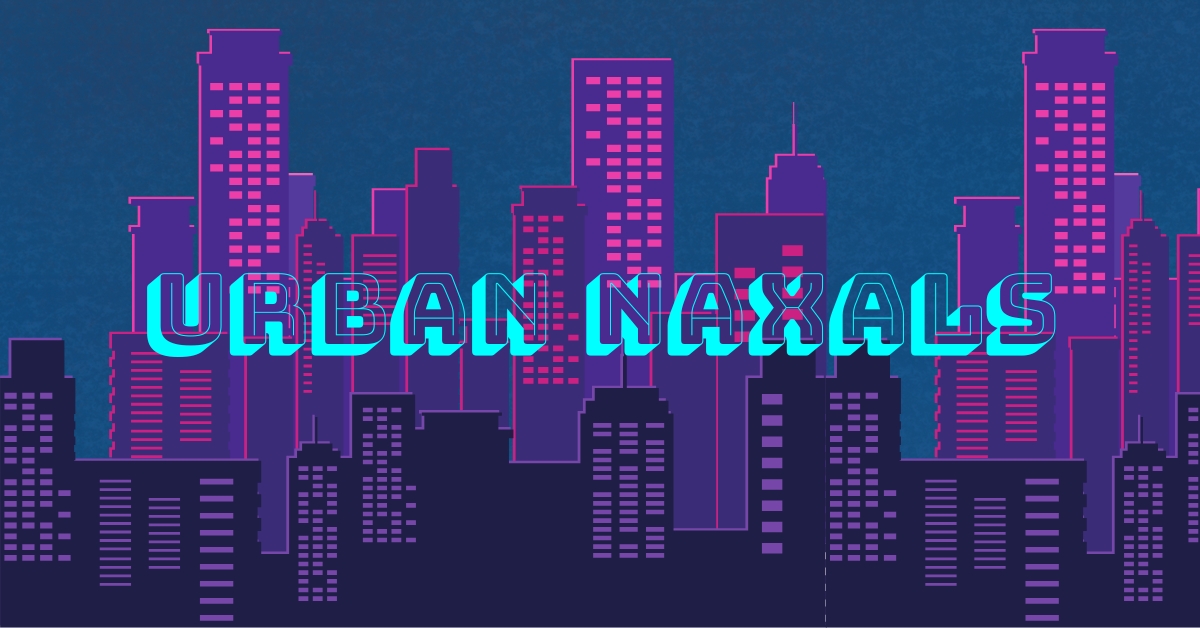In recent years, the term “Urban Naxal” has surged through India’s political discourse—used liberally by politicians, television anchors, and even in legal narratives to target academics, activists, and dissenters. Yet, startling disclosures made in Parliament show that this term remains nothing more than rhetorical invention, lacking any official definition or evidentiary backing.
On March 11, 2020, responding to a question by Shanta Chhetri (TMC) in the Rajya Sabha (Unstarred Question No. 1978), Minister of State for Home Affairs G. Kishan Reddy made a categorical statement:
“The phrase ‘Urban Naxals’ is not used by the Ministry of Home Affairs, Government of India.”
He further clarified that while the government’s National Policy and Action Plan addresses Left Wing Extremism (LWE) in “all its manifestations,” including urban activities, there is no official classification or definition for “Urban Naxals” under Indian law or policy.
The answer may be viewed below.
Two years later, this position remained unchanged. On December 20, 2022, in response to Lok Sabha Unstarred Question No. 2121 posed by (TMC) MP Adhikari Deepak, the government once again denied having any central data on individuals arrested as “Urban Naxals.”
Asked specifically for “the details of urban naxal in custody for unlawful activities as on date,”
the Minister of State for Home Affairs Nityanand Rai responded: “Custody details of Left Wing Extremists involved in LWE activities including urban areas are not maintained centrally.”
He reiterated that “law and order” is a state subject, and thus, the Ministry does not centrally track data of persons allegedly involved in LWE from urban regions
The answer may be viewed below.
A political tool without legal grounding
These official responses expose a striking gap between public rhetoric and administrative fact. While activists and scholars have faced arrest and vilification under the loosely used label of “Urban Naxal,” the government has clarified, not once but twice, that it does not even use the term, let alone define it.
Many have argued that this vagueness has allowed the term to be weaponised without accountability, often conflating ideological dissent with insurgency. The branding of intellectuals and rights defenders under a non-existent category allows for public demonization without legal basis or evidentiary scrutiny.
Moreover, the Ministry’s data from the same 2022 response shows a consistent decline in Left Wing Extremism, with violent incidents dropping 77% from 2010 to 2021, and a dramatic 85% fall in resultant deaths. This further undermines the political justification for expanding the ambit of LWE to loosely defined “urban” spaces
Conclusion:
The myth of the “Urban Naxal” has been thoroughly unmasked in Parliament. With no legal definition, no centralised data, and repeated admissions from the Ministry of Home Affairs, it is now clear that the term is a bogeyman of political convenience, not a category of national security threat.
In a democracy, where the rule of law should guide public discourse and state action, the continued use of such ungrounded labels continues to raise serious concerns about civil liberties and the misuse of state power.
Related:

